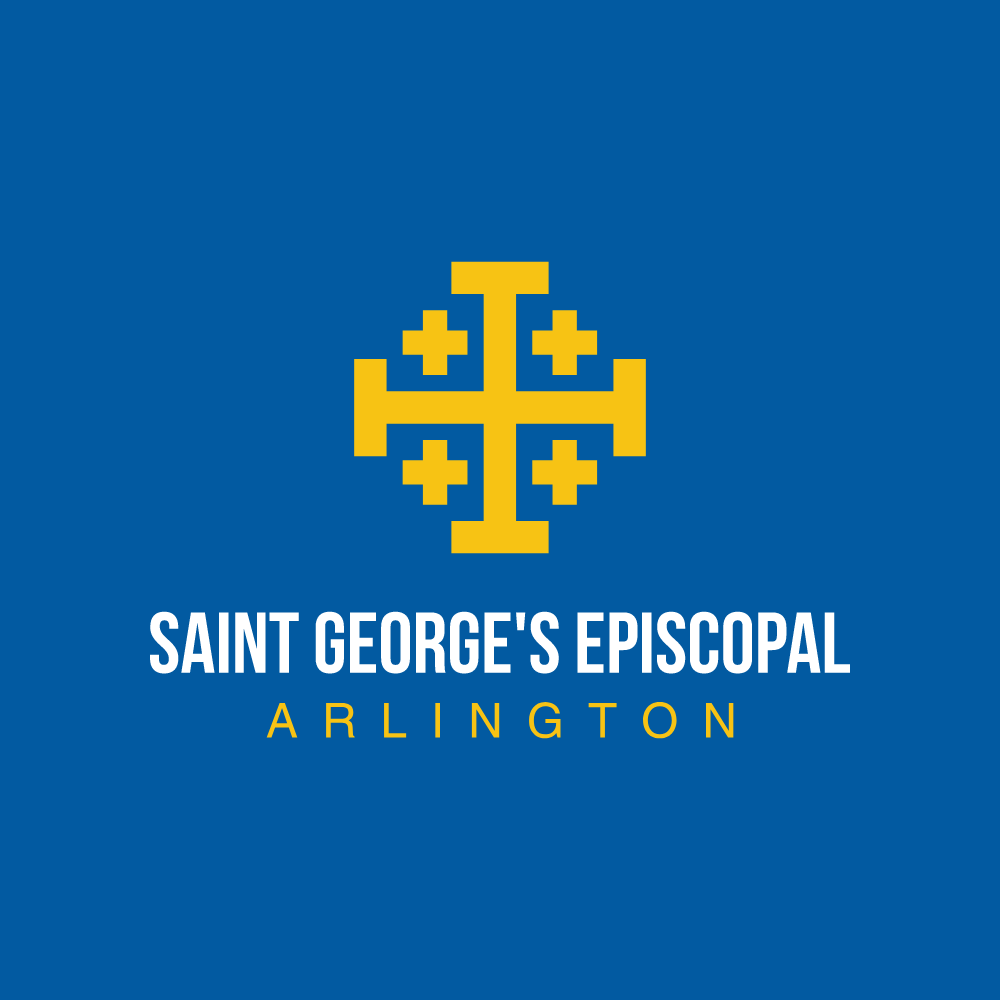The Great Litany
We begin our 10:30am worship with the singing of the Great Litany (S-67) in procession. It is customary to use the Great Litany on the first Sunday of Lent.
The Great Litany is a responsive intercession for a wide variety of human needs. Its beginnings are in fifth-century Rome where it was connected with both processions for obtaining God’s blessing on the fields and God’s defense against enemies and disasters. Martin Luther made a popular revision of the Great Litany in 1529 that was influential in England. The Great Litany was the first English language rite prepared by Archbishop Thomas Cranmer, published in 1544. Cranmer modified the Great Litany by consolidating certain groups of petitions into single prayers with response. The Great Litany has become a classic Christian prayer, one that is powerful and insistent.
The Litany is primarily directed at Christ and begins with invocations of the Holy Trinity. The remaining structure of the prayer is as follows:
Deprecations – (from deprecari, to avert by prayer) a series of prayers against evils and dangers, spiritual harm, and natural calamities
Obsecrations – (from obsecrare, to ask on religious grounds) petitions which lay the
foundation for the entire prayer by recounting the entire earthly life of Christ
which plead the power of Christ’s Incarnation, life, death, and resurrection for
deliverance
Intercessions – These petitions on behalf of others are the largest part of the
Litany. Five sections pray for the church, for support of the weak, for the nations,
for all sorts and conditions of humanity, for reconciliation with our enemies and
with the natural world.
Agnus Dei – following a plea to Christ, the Lamb of God is prayed.
Conclusion – a Kyrie (Lord, have mercy), Our Father, versicle with response, collect, and grace conclude the Litany.
While we sing the Great Litany in procession, we process around and through the entire congregation in a “holy pretzel” symbolizing that our prayers and pleas are bound together as a community. This year we are delighted to have our St. Cecilia choir (grades 1-3) lead us in procession.
Soli Deo Gloria!
Ben Keseley, Minister of Music
